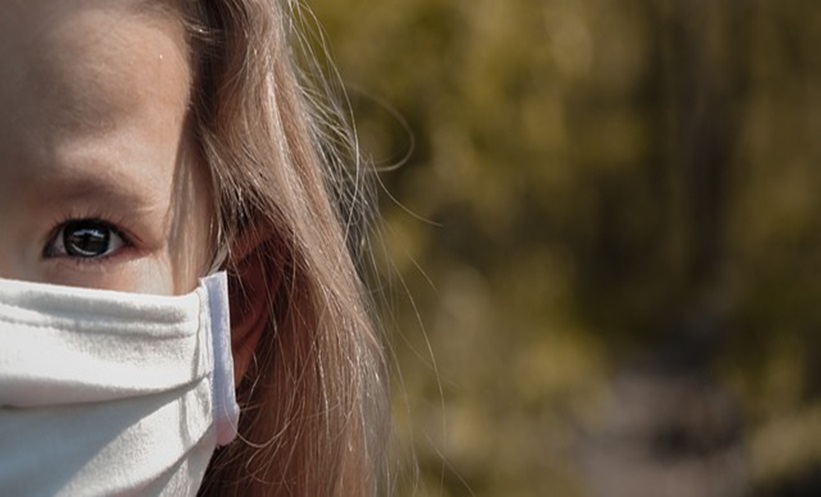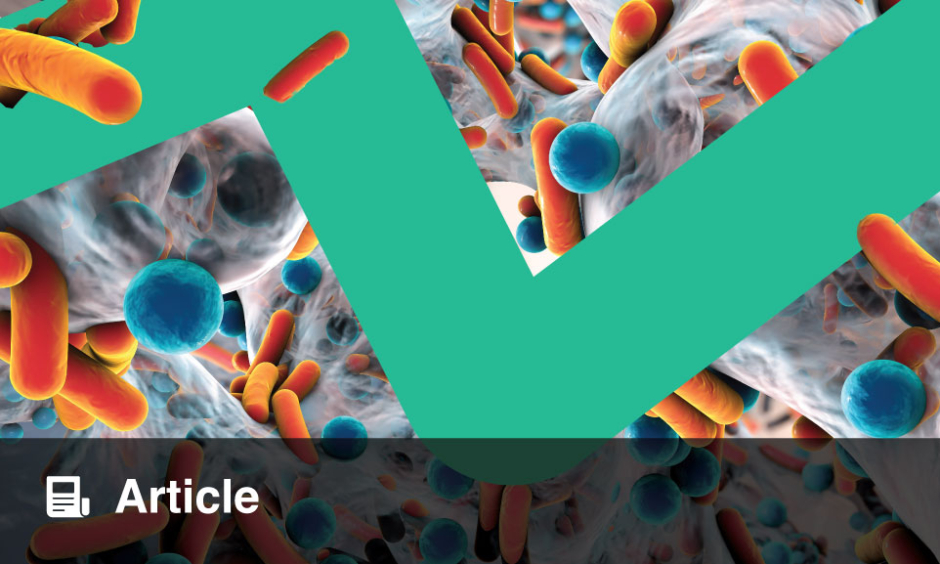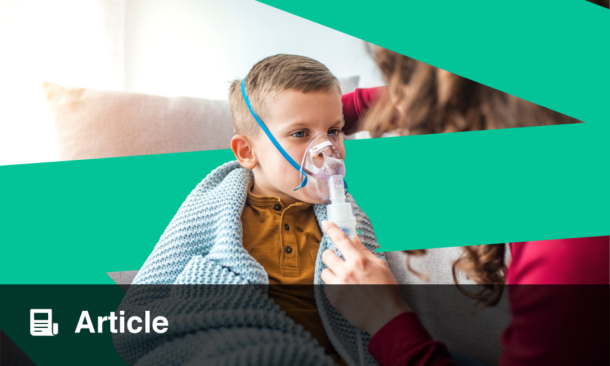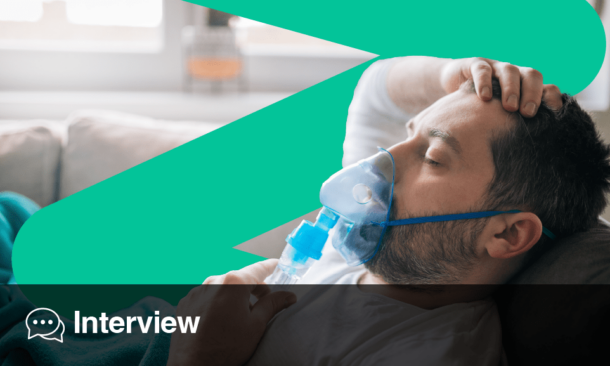A RETROSPECTIVE cohort study, conducted by David Hill, Children’s Hospital of Philadelphia, Pennsylvania, USA, and colleagues, found no association between a positive polymerase chain reaction result for SARS-CoV-2 and new asthma diagnoses in children.
This study analysed over 27,000 children aged 1–16; the majority were male (52%), with 39% aged 5–11, 37.3% aged 1–4, and 23.7% aged 12 and older. Most participants were from a White background (60.7%), while 21.3% were from a Black background. A notable portion of the children were born preterm (11%), had atopic dermatitis (12.7%), food allergies (15.7%), and allergic rhinitis (43.6%). They were tested for COVID-19 during the pandemic’s first year. Contrary to previous findings linking acute wheezing illnesses, caused by viruses like rhinovirus or respiratory syncytial virus to later asthma development, SARS-CoV-2 positivity did not significantly affect the hazard of new asthma diagnosis over an 18-month follow-up period.
The researchers highlighted a unique aspect of the study: the reduced prevalence of other respiratory viral illnesses during the pandemic, likely due to public health measures such as social distancing and improved air quality, as well as the uniformity in, and control over, environmental risk factors for asthma development.
Factors significantly associated with an increased hazard of new asthma diagnosis included ethnicity, especially those from a Black ethnic background (hazard ratio [HR]: 1.49; 95% confidence interval [CI]: 1.13–1.95; P=0.004); food allergies (HR: 1.26; 95% CI: 1.03–1.55; P=0.025), allergic rhinitis (HR: 2.30; 95% CI: 1.93–2.74; P<0.001); preterm birth for children under 5 years (HR: 1.48; 95% CI: 1.13–1.93; P=0.005); and higher BMI for children under 5 years (HR: 1.13; 95% CI: 1.07–1.19; P<0.001). Conversely, older age was linked to a lower hazard of new asthma diagnosis (ages 5–11: HR: 0.27; 95% CI: 0.2–0.34; and ages 12 and up: HR: 0.16; 95% CI: 0.12–0.22).
During the study period, 573 children were diagnosed with asthma. The sensitivity analysis, which required two or more follow-up visits for asthma at least 6 months apart, yielded similar rates of asthma diagnosis. Patients who tested positive had a diagnosis rate of 1.12%, while patients who tested negative had a rate of 1.59%, suggesting that the virus itself may not significantly contribute to new asthma diagnoses.
Reference
Senter JP et al. Covid-19 and asthma onset in children. Pediatrics. 2024;DOI: 10.1542/peds.2023-064615.








